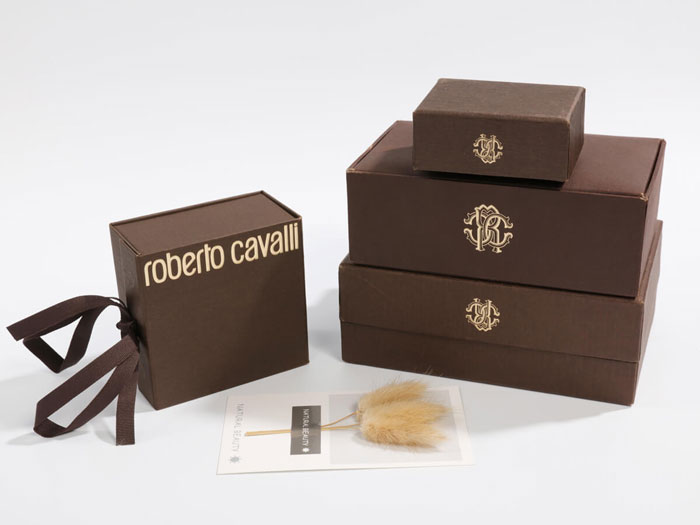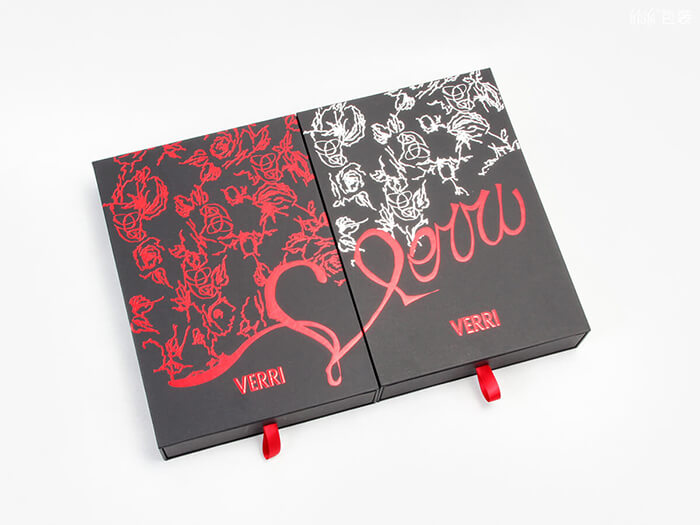What exactly is a sustainable packaging box? In popular terms, sustainable packaging boxes are environmentally friendly packaging boxes, which can minimize the impact on the environment and maximize the opportunities for recycling and reuse. So, how can we make the product packaging box more sustainable?
1. Choose environmentally friendly materialsAlthough traditional paper materials are considered to be sustainable, environmental protection is also graded from the perspective of paper raw materials. For example, for paper made from recycled pulp and paper certified by FSC (Forest Stewardship Council), it is 100% environmentally friendly. And some paper pulp used in the production process is extracted from trees, and the felling of these trees will have an impact on the global environment, it can not be considered that the paper is 100% environmentally friendly.
Linen cloth, cotton cloth—Materials such as linen cloth and cotton cloth are relatively more expensive than paper. Both linen and cotton are fabrics made of fibers from plants. The raw materials (flax, ramie, jute, sisal, abaca, cotton) have a very fast growth cycle and will not affect the forest environment. In the production process, no toxic or harmful gas is produced, and even if it is finally discarded, it can be quickly biodegraded. It is one of the very environmentally friendly packaging materials. In addition, linen cloth and cotton cloth are also widely used in the packaging industry. They can be individually made into packaging handbags, or they can be pasted on gray boards to make gift boxes.
2. Choose an environmentally friendly processPrinting: The ink selected when printing the packaging box is the main factor in determining whether the printing is environmentally friendly. Compared with ordinary inks, vegetable oil inks and UV inks are more environmentally friendly. Vegetable oil ink generally refers to soybean ink, which is renewable, non-hazardous, and recyclable, and is produced in a relatively small amount and has no pungent odor. Therefore, it is one of the very environmentally friendly inks. Secondly, UV ink achieves the effect of curing and printing directly under ultraviolet radiation. At the same time, UV ink is a kind of ink without solvent, fast drying speed, good gloss, bright color, water resistance, solvent resistance and abrasion resistance. UV ink has become a more mature ink technology, and its pollutant emission is almost zero, so it is very environmentally friendly.
Embossing: The embossing process uses a mold with concave and convex lines to deform the packaging material under a certain pressure and temperature to form a specific pattern, which will not cause any impact on the environment during production. Therefore, the embossing process It is also the most typical environmentally friendly process in packaging.
The subtlety of sustainability and the packaging industry is that everything is connected from materials to resources, from the efficiency of the production process to the behavior of producers and consumers. From the materials of gift boxes to the printed coatings, everything you can think of, they all play a role in the sustainable development of the brand. English
English Español
Español Português
Português Pусский
Pусский Français
Français Deutsch
Deutsch 日本語
日本語 한국어
한국어 Italiano
Italiano عربى
عربى

